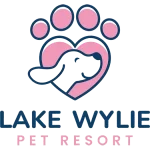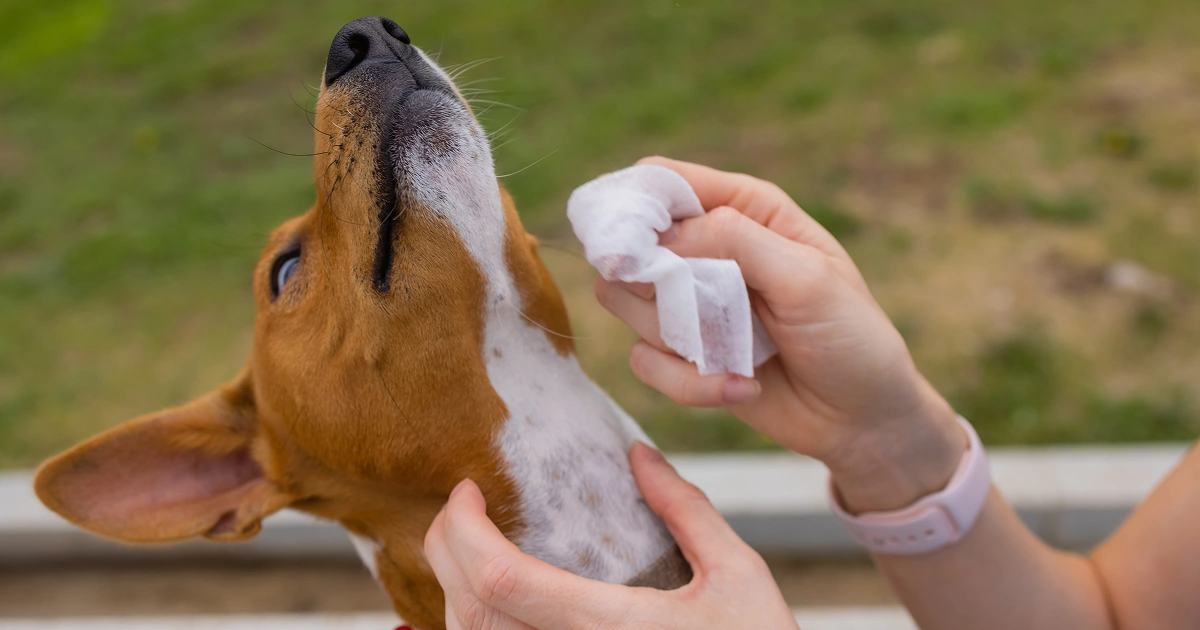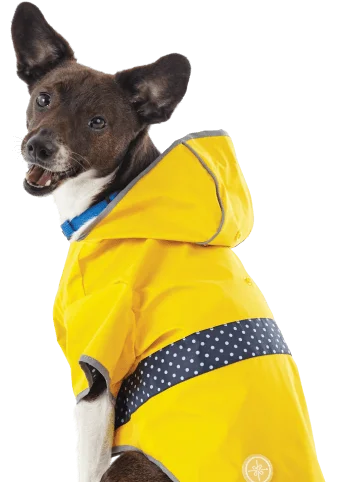
Fleas can be an annoying – and itchy – issue for dog owners to deal with. Even if your dog doesn’t spend much time outdoors, go hiking in the woods, or play with other dogs, they can still be at risk for getting fleas. These tiny critters can attach themselves to your dog’s fur during a quick bathroom break or short walk outside.
Flea Prevention Tips
There are ways you can be proactive in preventing a flea infestation on your dog or in your home. A few simple steps can reduce the likelihood of your dog getting fleas and help you catch the issue sooner if they do.
- Use a flea preventative. This could come in the form of a pill, a topical ointment, or a flea collar. Talk to your veterinarian about the best option for your dog based on their age, breed, health, and lifestyle.
- Brush your dog regularly. Regular brushing can help you see any fleas that might be on your pet’s skin or in their fur. Check for signs of “flea dirt” as well which looks like dark brown or black flecks of dirt, usually around their tail, groin, and ears.
- Check for fleas. When giving your dog a belly rub, take the time to inspect the creases and folds of skin around their groin, armpits, and belly. Look for any fleas moving around or flea dirt that can signal they’ve been there.
- Be cautious outdoors. Keep your dog away from low-hanging branches or from climbing under or into bushes and brush. Cut your grass regularly so it stays short and detracts fleas, and walk your dog on paved walkways when possible. If you’re going into the woods or spending time outside, do a flea check before you come home.
- Vacuum often. Flea infestations are not just the adult fleas you see on your pet. Fleas leave eggs on your dog’s fur, their bedding, the carpet, and anywhere they spend time. That keeps the cycle going and means new fleas hatch and leave more eggs. Vacuuming can help break this cycle.
Treating Fleas
Once you recognize that your dog has fleas, you should act immediately to stop them in their tracks and prevent further spread. You’ll want to treat your dog and your home at the same time.
- Give them a flea bath. Use a flea shampoo and give your dog a thorough scrubbing, making sure you clean their undercarriage and between any folds of skin where fleas may be hiding.
- Clean your home. Do a deep clean and focus on the areas your pet frequents the most, such as their favorite spot to lay. Wash any bedding, blankets, or rugs in hot water to kill any fleas or eggs. You can also find carpet powders and sprays you can use around your home for additional cleaning power. Just make sure they are safe for children and pets.
- Tend to your yard. Trim up any low-level bushes or shrubs and avoid overwatering your lawn or flowerbeds. Fleas like damp, shady areas. Consider using a rock or gravel barrier around landscaping to help keep pests away.
- Keep up with flea medication. Fleas can pop up year-round, especially in areas like the South that stay warmer. Don’t skip out on the flea medication during the winter. Make it a regular part of your routine.
Keep your pet looking and feeling their best with regular bathing and grooming, which can also help with early detection as well as prevention and treatment of fleas. Lake Wylie Pet Resort requires all dogs and cats to be flea and tick-free for the safety and comfort of all guests. Schedule your dog’s next grooming session at Lake Wylie Pet Resort today!




